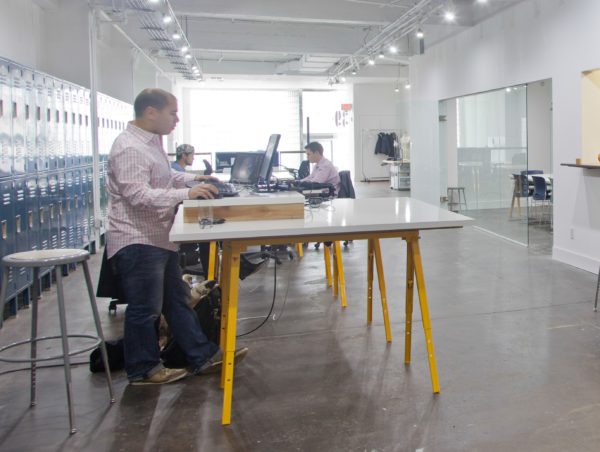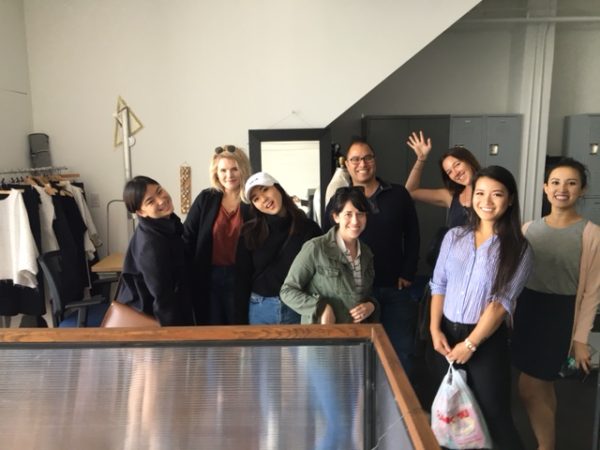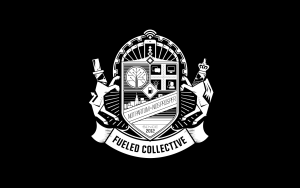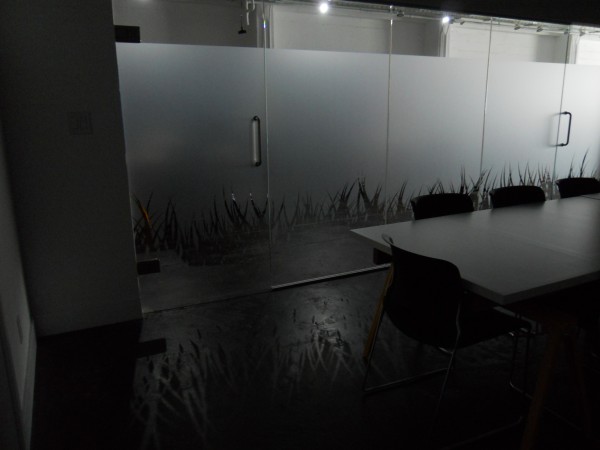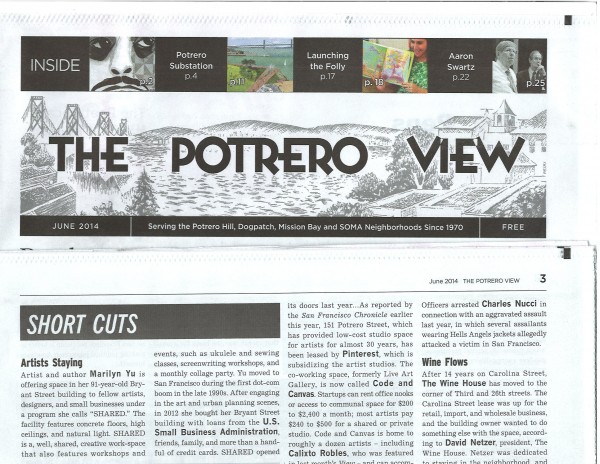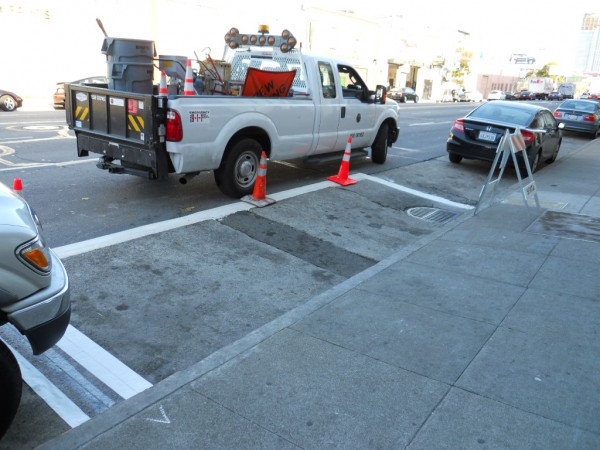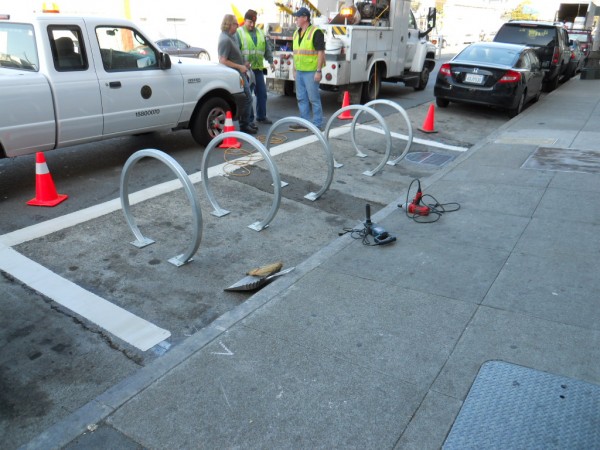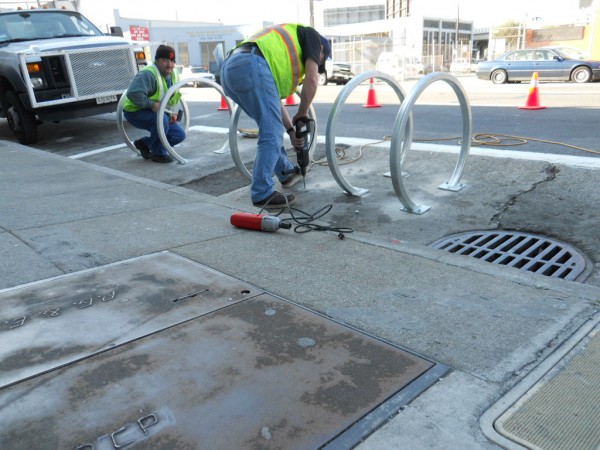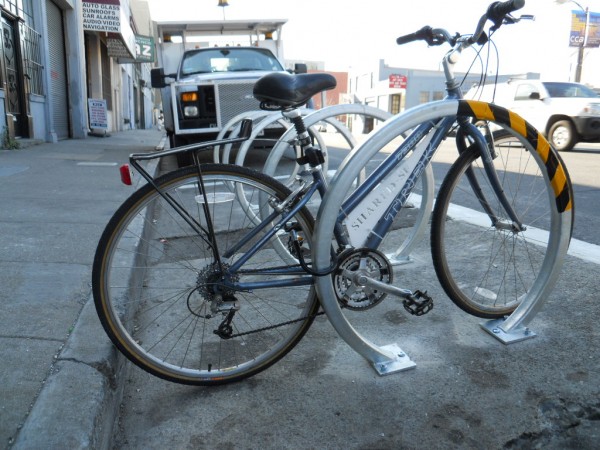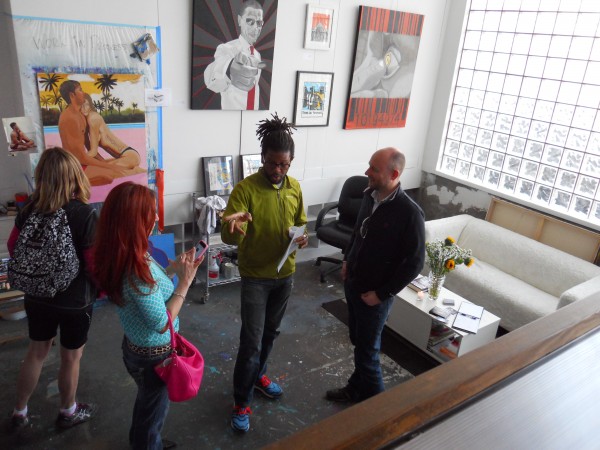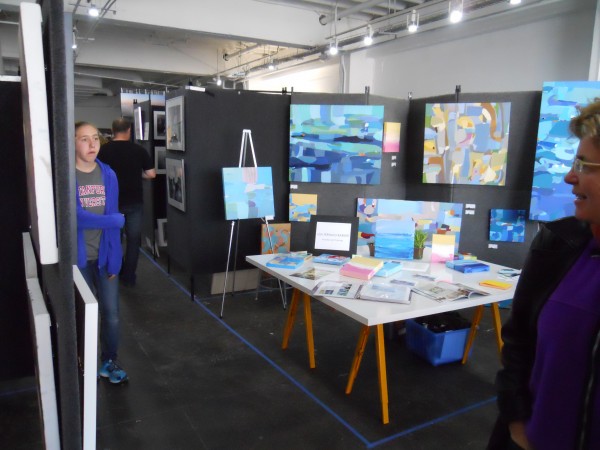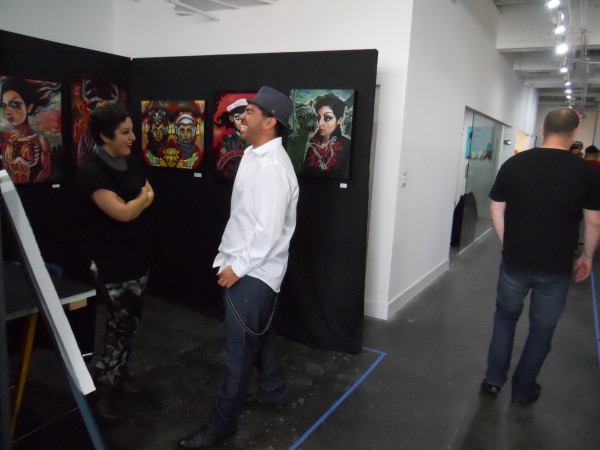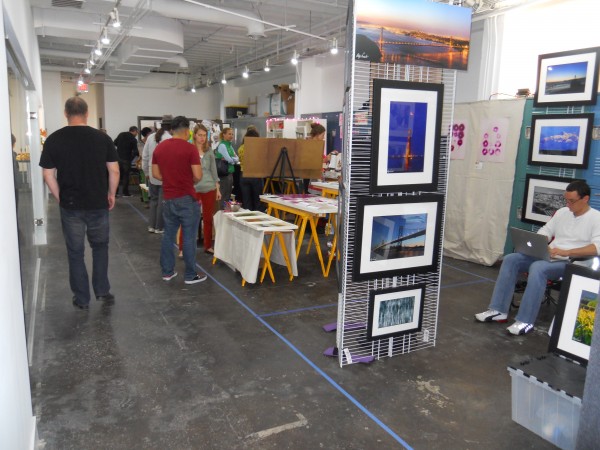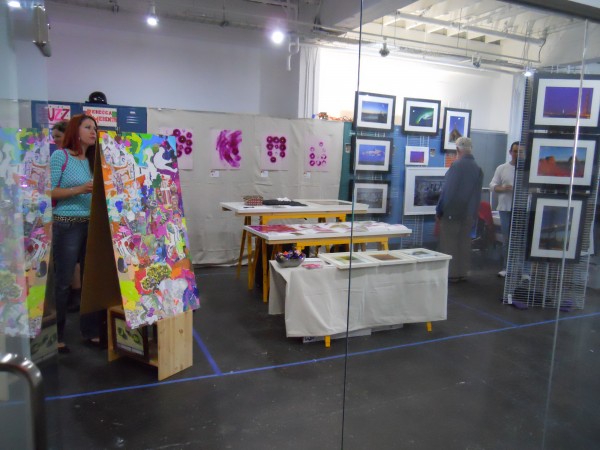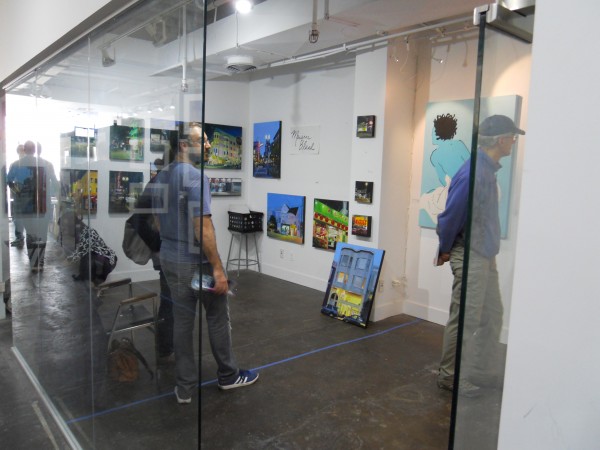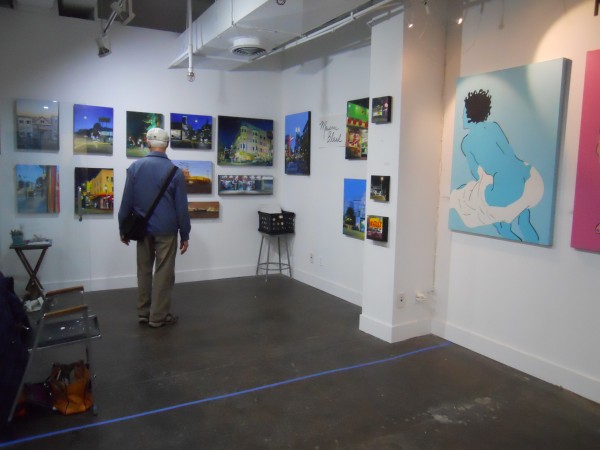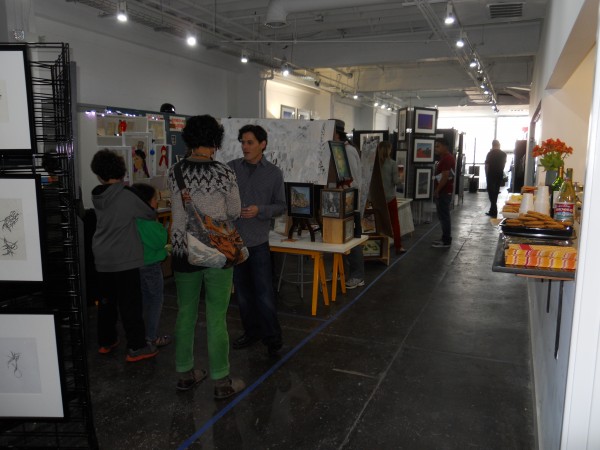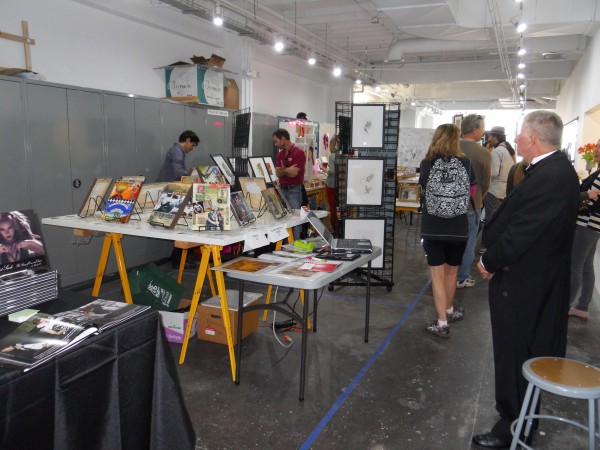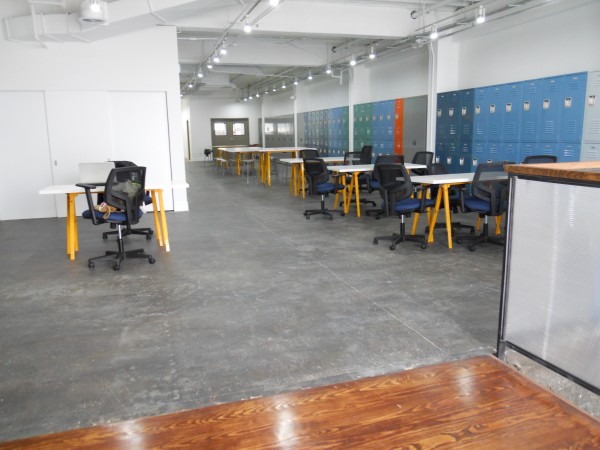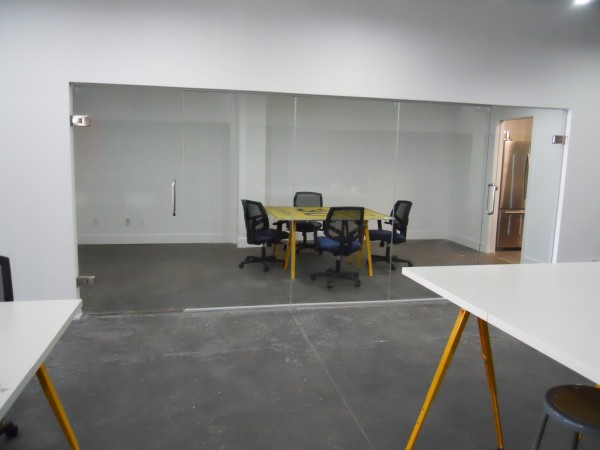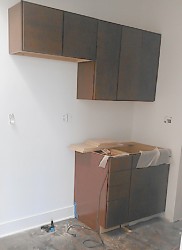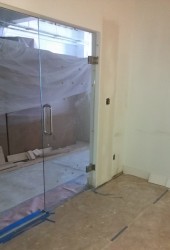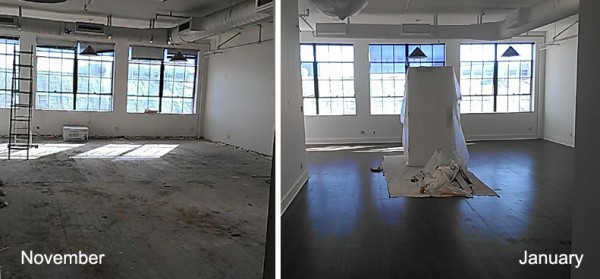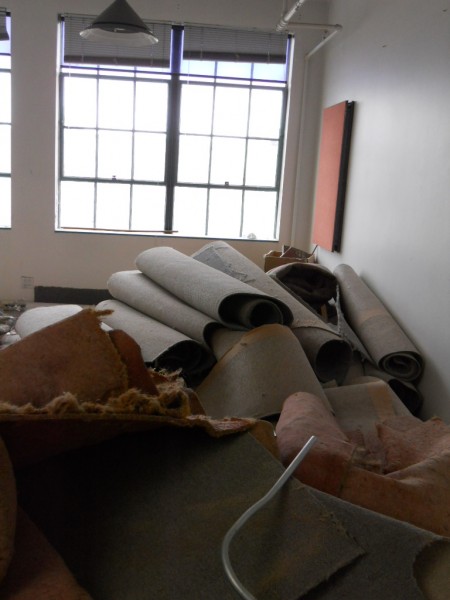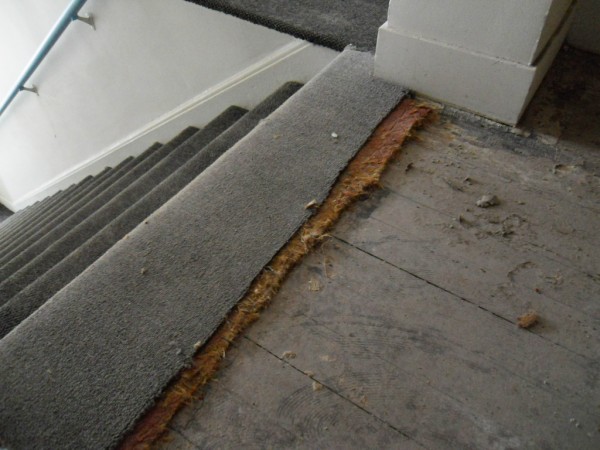Originally posted on Socialbrite.org
Making things has become popular again. Technology has brought new tools to enable this. New DIY websites and apps pop up every day. Etsy has over one million artisan sellers generating nearly a billion dollars in revenue last year. New ways to access capital such as Quirky and Kickstarter are available. Events such as the Maker Faire provide opportunities for Makers to celebrate, showcase, and share ideas. Hundreds of thousands of people attend Maker Faire all over the world.
Making not only empowers one with skills and shifts one’s perspective of the world to one of potential and opportunity, it can enable a more constructive trajectory for our economy. The Maker Movement, started in the past decade, encourages people to create, build, design, tinker, modify, hack, invent, or basically to make something. Combined with larger economic trends, this has resulted in new entrepreneurs, businesses, and products.
Starting a new venture is inherently risky. However as the attractiveness of other options diminishes, so does the risk in starting something new. High domestic unemployment, increasing costs of labor abroad, increasing costs of materials all contribute to encouraging Makers domestically.
As our country progresses on it’s path towards becoming a post-industrial, post-imperial power, it is only natural that import-replacement will arise to counter our trade imbalance. Import-replacement is the process by which locals produce a good that was previously imported. For example if we were to produce locally-made bicycles to replace imported ones, this is how it might happen. It would start by people learning how to repair bicycles. Then businesses would start producing popular parts needed in bicycle repair. Eventually businesses would produce whole bicycles. This change can cause a chain reaction, impacting not only the bicycle industry. For example the shop producing popular bicycle parts for repair may also be able to produce parts for other products. Import-replacement of one product may stimulate import-replacement of other products. This builds diversify in the economy.1
With the cost of labor increasing abroad, places of production are beginning to shift. After decades of apparel manufacturing moving south to Mexico and then West to Asia, the trend is reversing. Apparel manufacturers are rebuilding domestic manufacturing infrastructure and training a new labor force.2
This environment is particularly conducive to constructive evolution of our economy. Emeritus professor of the Massachusetts Institute of Technology, Cyril Stanley Smith, points out that successful economic development has to be open-ended rather than goal-oriented and has to evolve — unforeseeable problems arise and need to be met with improvisational problem-solving. He also notes that historically, necessity has not been the mother of invention; rather, necessity opportunistically picks up invention and improvises improvements on it and new uses for it, but the roots of invention are to be found elsewhere, in motives like curiosity, especially aesthetic curiosity. Metallurgy itself, he reminds us, began with hammering copper into necklace beads and other ornaments “long before ‘useful’ knives and weapons” were made of copper or bronze.3
Valuing and encouraging creativity, equipping Makers with tools to produce and start businesses, and purchasing locally-made products, will encourage constructive economic development. Let’s build a better world together.
1. Jacobs, Jane, Cities and the Wealth of Nations: Principles of Economic Life, Vintage Books, 1984.
2. ” A Wave of Sewing Jobs as Orders Pile Up at U.S. Factories,” New York Times, 2013 Sept 29.
3. Smith, Cyril Stanley, “Aesthetic Curiosity – The Root of Invention,” New York Times, August 24 1975.
